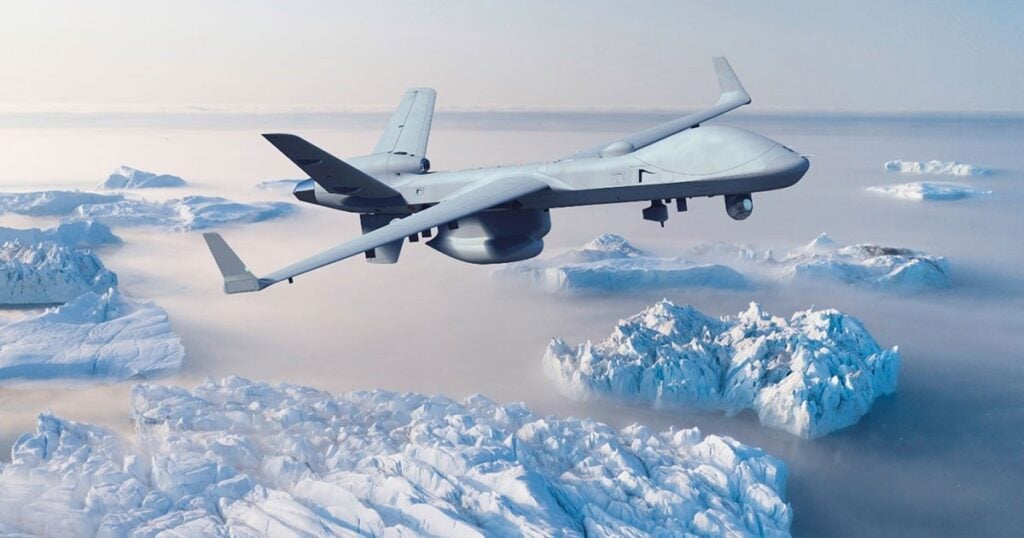Effective military operations rely on a well-structured chain of command and clearly defined responsibilities across various staff branches. From the Ministry of Defence (MoD) down to brigade-level headquarters, the G1 to G9 structure provides a standardized framework for managing personnel, operations, logistics, and more.
Key Roles in Military Headquarters
Every military headquarters is led by a senior commander supported by a network of specialized staff. These roles include:
- Commander: Typically a General, Brigadier, Admiral, or Air Marshal, the commander leads the formation. Known as the General Officer Commanding (GOC) in the Army, the Air Officer Commanding (AOC) in the RAF, or the Flag Officer in the Royal Navy, they oversee strategic and operational decision-making.
- Chief of Staff (COS): Acting as the second-in-command, the COS is responsible for the day-to-day running of the headquarters. This officer ensures that the commander’s directives are implemented effectively across all branches.
G1 to G9 Staff Branches: Roles and Responsibilities
The G1 to G9 framework is a universal system used across military organizations to delineate responsibilities. Each branch focuses on a critical area, ensuring smooth coordination and execution of operations:
- G1: Personnel
Handles all matters related to personnel, including recruitment, manning levels, discipline, and welfare services. This branch ensures that the force is staffed appropriately and that personnel are supported effectively. - G2: Intelligence and Security
Responsible for gathering and analyzing intelligence to support operational planning. This branch also oversees security measures to protect sensitive information and operational assets. - G3: Operations
Focuses on planning and executing exercises, training programs, and combat operations. The G3 branch is instrumental in developing tactical doctrine and ensuring mission readiness. - G4: Logistics and Quartering
Manages supply chains, transportation, and accommodation for troops. This branch ensures that forces have the necessary resources, from food and ammunition to vehicles and facilities. - G5: Planning
Dedicated to long-term planning, this branch designs strategies for future operations and campaigns. It coordinates with other branches to align plans with broader objectives. - G6: Communications and IT
Oversees the setup and maintenance of communication systems and IT infrastructure. The G6 branch ensures seamless communication across units and reliable access to information networks. - G7: Training
Responsible for organizing and delivering training programs to maintain operational proficiency. This includes both individual and unit-level training exercises. - G8: Resource Management
Manages budgets, contracts, and financial resources. The G8 branch ensures that operations are adequately funded and that spending aligns with strategic priorities. - G9: Civil-Military Cooperation (CIMIC)
Focuses on building relationships with civilian agencies, local authorities, and international organizations. The G9 branch ensures effective coordination in areas such as humanitarian aid and disaster response.
Variations in Terminology Across Services
While the G1 to G9 system is widely used, terminology may vary across services:
- Army: Refers to G1 to G9 branches in line with the traditional structure.
- Royal Navy: Adopts similar principles but uses naval-specific terms such as “Flag Officer.”
- Royal Air Force: Implements the same framework with adaptations to air operations, led by the Air Officer Commanding (AOC).
Integration of G1 to G9 in Modern Military Operations
The G1-G9 framework remains a cornerstone of military organization, ensuring all aspects of operations are efficiently managed. This structure allows commanders to focus on strategic goals while delegating specialized responsibilities to their staff branches. From intelligence analysis (G2) to resource allocation (G8), the system ensures that every detail is addressed, enhancing operational effectiveness.




















